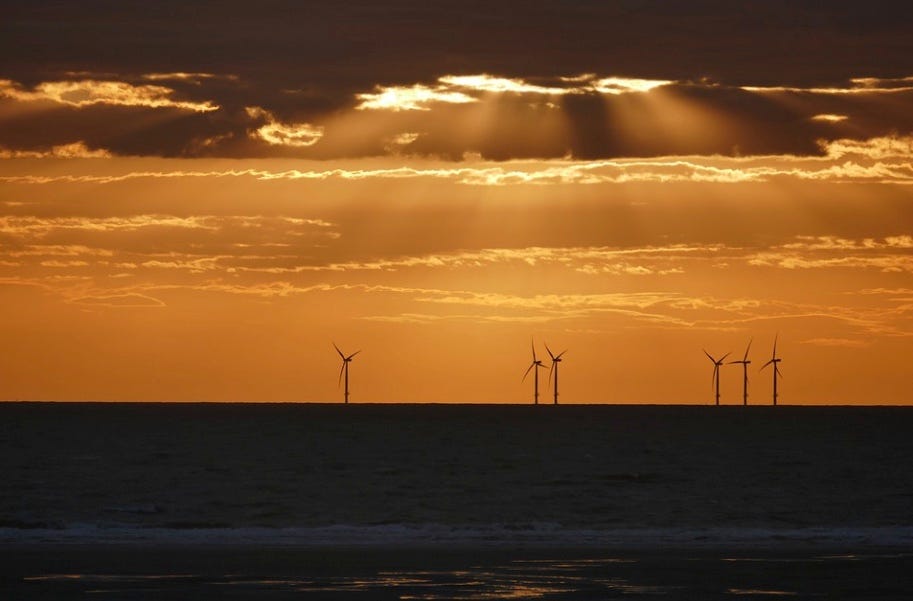Plainly non-obvious: The delights of patent law hair-splitting
A dispute about offshore wind turbines turns on some obscure '50s legislation.
(A native of England, Matthew Diebel is a veteran journalist who has worked at NBC News, Time, USA Today and News Corp., among other organizations. Having spent his childhood next to one of the world's fastest bodies of water, he is particularly interested in tidal energy.)
Stocks are in turmoil. Capitol Hill is in crisis. Pain at the pump is causing conniption fits. But fear not — lawyers, as always, are finding a way to bolster their billable hours.
The latest attorney-enrichment episode comes courtesy of the offshore wind industry. In particular, whether U.S. patent law can reach beyond American territorial waters, which extend 12 nautical miles from the coast.
In a case just ruled in the District Court of Massachusetts, Judge William Young found that wind turbines attached to the outer reaches of the continental shelf — the relatively shallow waters that line, for example, the East Coast — are “within the United States” for the purpose of U.S. patent law, reports Bloomberg.
The decision arose from a dispute between Spain’s Siemens Gamesa Renewable Energy (GCTAY) and General Electric (GE), with Siemens saying GE’s Haliade-X turbines infringe its patented technology.
First, countered the legal eagles for GE, the blades are made abroad. And, second, the company argued, the reach of patent law ends a dozen nautical miles from shore, the outer boundary of the “territorial sea.”
But Young agreed with Siemens that the machinery will be within U.S. territory as defined by the 1953 Outer Continental Shelf Lands Act, a law that governs how the federal government controls mineral exploration and energy development beyond the 12-mile border.
Cases with the act at its center can be wonderfully weird, with decisions, for example, turning on whether a device is attached to the outer continental shelf, as opposed to floating in the waters above. In this regard, a Southern District of Texas judge ruled in 2011 found that allegations of patent infringement by vessels conducting seismic readings near Alaska had occurred outside U.S. territory because the vessels weren’t attached to the seabed.
Such niggling is sure to float many a lawyer’s boat. And his or her yacht.

